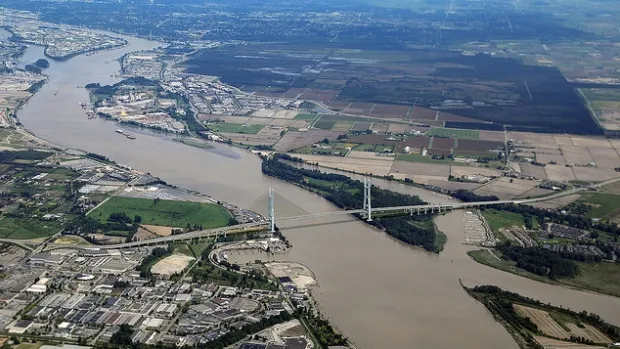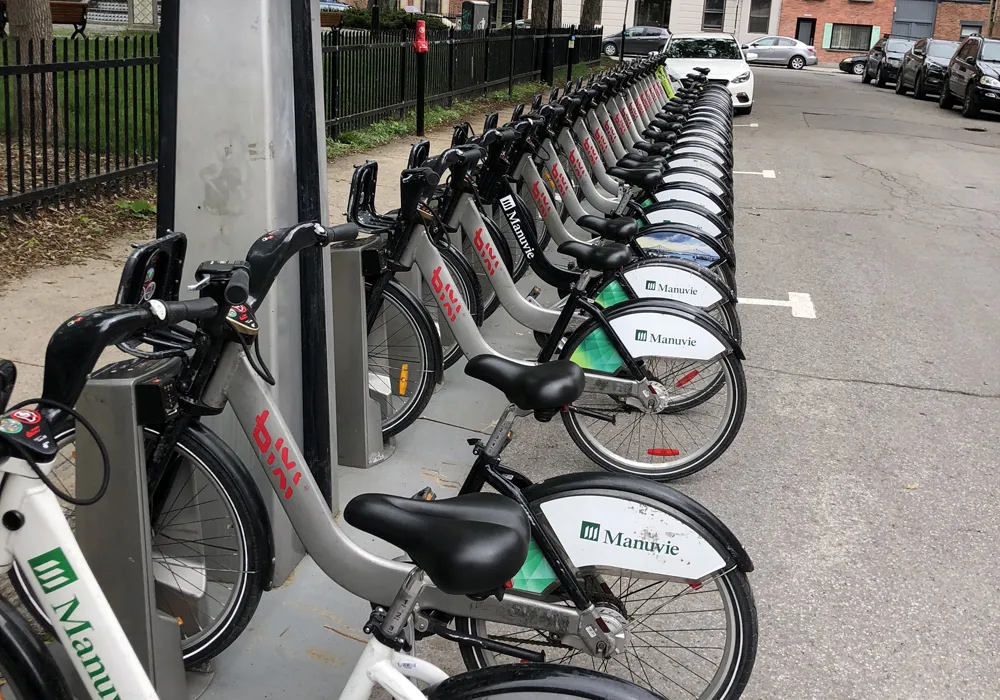
Opponents of a proposed 10-lane bridge near Vancouver, Canada, said the structure will encourage urban sprawl in a region that is already struggling with a booming population.
The British Columbia provincial government recently opened the final round of public consultation for the planned 3.3km toll bridge likely to cost around US$2.54 billion.
It will replace the Massey Tunnel under the Fraser River. The tunnel is operating to its capacity of 80,000 vehicles a day, often causing heavy congestion during rush hour morning and night.
Construction of the new bridge, which is yet to be officially named, is expected to start in 2017 and be complete in 2022 when it will replace the tunnel, directly below it.
The tunnel will be closed due to the increasingly high cost of maintaining the structure that was opened in 1959 and also because it fails to meet the latest seismic requirements. Canada’s west coast is along the 1,000km Cascadia fault that stretches from Northern Vancouver Island to Cape Mendocino in northern California.
The 10-lane bridge will be the province's longest and feature a high-occupancy vehicle as well as cycle and pedestrian paths. Upgrades to the highway will include new interchanges on Westminster Highway, Highway 17A and Steveston Road.
Consultation opened in mid-December and focuses on a review of the provincial government’s 48-page Project Definition Report that states the province plans to fund the project at least in part through tolls. The government is also exploring other funding partnerships for the bridge which would connect key regional gateways including Vancouver International Airport and the several major border crossings with the United States.
Consultation ends on January 28, but critics quickly slammed the project, according to a report by the Canadian Broadcasting Corporation. "Ever since we turned our back to freeways in the late 1960s, we're not trying to build our way out of congestion," noted Ken Cameron, former manager of policy and planning at Metro Vancouver.
"Putting in a big new facility like this runs directly counter to all of those objectives [of] the city of Vancouver, the city of Richmond and the other municipalities… Inevitably, history tells us, over time … new roads go up, with new traffic, and more congestion, and sooner or later you're right back where you started from."
Cameron said the government is not looking at the bigger picture of integrated transportation in the region. Instead, politicians are seeking a quick fix using one major project.
He reportedly also claimed that "tolling is literally a medieval technology”. Toll prices have yet to be finalised but will be based on funding from the federal government, Port Metro Vancouver and the final construction contracts, all of which have yet to be negotiated.
A member of the provincial legislature warned that the toll would put people off from using the bridge and they would drive dozens of miles to reach a free crossing. This would in turn create massive congestion in places where none has existed, as happened when the new Port Mann Bridge opened in 2012, she said.
Less traffic volumes would cripple the business case for the project’s funding, she also said.
Before construction can begin, the project must pass environmental and agricultural land reviews.
To see a World Highways report on dismantling the old Port Mann Bridge project, %$Linker:






